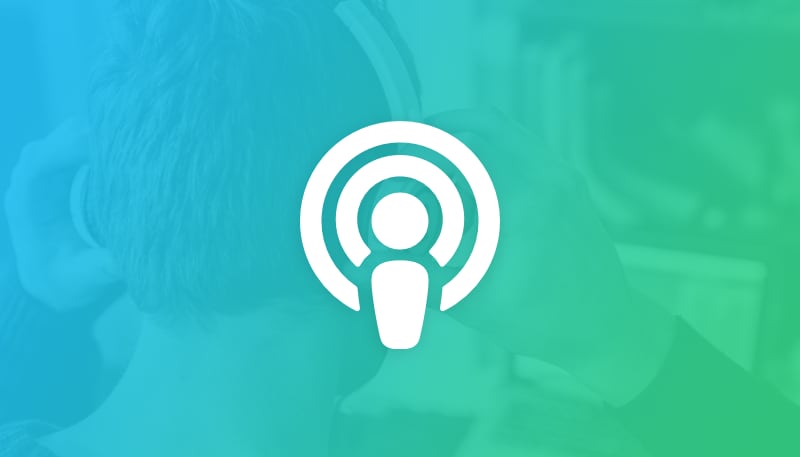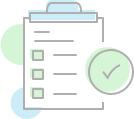
Freelancing is awesome. It’s great to be able to work your own hours, from wherever you want,
If you don’t have a steady stream of clients, then freelancing starts to become a little more stressful. We can work wherever we want, but what if there is nothing to work on? What strategies can we employ to keep that queue of work filled so we truly can enjoy the freedoms of freelancing?
Selectively Saying “No”
It’s really hard to say no to a project when you are trying to fill your time with freelance work opportunities. I mean, work is work, right? The truth is, there is a danger in saying “Yes” to every opportunity, even when the pay is good. To start with, there is the obvious fact that if you are busy with a low-paying job you might have to say no to a higher-paying job. The solution to that would be to only accept jobs at a standard rate, but there is more at risk here when we say “Yes” to everything.
There is a law at work in freelancing that we tend to attract more of the same type of work that we just did. If I am accepting low-paying customers or tiny jobs, then those clients will tell their other low-paying, small-job friends and you’ll get referrals. Before you know it, you’ve positioned yourself as the “cheap” solution.
In contrast, imagine saying “no” to a low-paying job and explaining that your rates and minimum project size are higher than they are willing to pay. If that lost client then has lunch with a friend who is looking for a higher-end solution, they might recommend your services because that is how you’ve positioned yourself. Now you’ve landed a higher-paying gig simply because you said “no” and were confident in your project standards.
Make your own luck
It has been said that luck is being in the right place at the right time. I like this quote by Natasha Josefowitz:
“Luck is being in the right place at the right time, but location and timing are to some extent under our control.”
I have seen this to be true over and over in my own freelancing career. I can take every awesome project that I’ve been a part of and tie it back to a decision that I made to either attend a conference, meet with a colleague, send an email, make a phone call, or pay for an advertisement.
Build your own projects
When I first started out freelancing, only my immediate family knew what I did and that I was for hire. Over time, I picked up a few clients here and there, but once I started building side projects, some interesting opportunities started presenting themselves.
At the time, my work primarily involved working with a content management system called ExpressionEngine. One of my first side projects was Director-ee, a community site for ExpressionEngine developers (built with Harpoon co-founder Andy Johnson). Almost immediately I went from just another ExpressionEngine developer to one
Having a side project gives you something to work on when work is slower, in order to work for you when you are busy with other projects. Even in my busiest
I have built other side-projects over time as well, some of which are simply portfolio pieces, some taught me a valuable skill-set, some generate an income. Nearly all of them are lead-generators.
Work on Soft Skills
In both being hired as a developer and being a developer myself, I’ve discovered an interesting fact: people who are technically skilled are not always the best communicators. I have worked with really smart people who have left me wondering, what are they up to? As a business owner, I believe that there is no such thing as over-communication from a freelancer. Business owners can always choose to ignore update emails, but
Besides being a good developer, designer, copywriter, illustrator, etc., you should always improve your systems for communication, organization, and presentation. These are the skills that will set you apart from the competition, and perhaps every other freelancer that your client has worked with. This will lead to more work from them in the future, as well as their referrals.
Blog
The other day I was talking about one of my side projects to a friend, and he asked how I plan on getting people to know about the website. I told him that I would probably use advertising early on, but for the most part, my strategy is to have a blog to draw people in. Now, blogging can be an amazing way to get people to your site while you sleep, for no money other than the time it took to write the post. It sounds too good to be true, but there are some caveats:
- It typically takes about 6 months to see steady traffic to a high-quality blog. It’s a marathon, not a sprint.
- The content has to be great, better than most, in order for people to share it.
- Because it has to be high-quality, a great post can take a whole day or more to write.
Another factor to keep in mind when blogging is that you need to focus your topics on that which will further your business goals. For example, if you are a freelance photographer, what would you blog about? You could blog about photography tips, but then your target audience would be budding photographers, not people looking to hire someone. However, the flip side is that this type of blog would position you as an expert amongst photographers, allowing you to charge more for those who do find you. Perhaps if you specialize in wedding photography you could start a blog on
In the end, it boils down to your ability to put in the time to write a high-quality blog post, stick with it over time (even when you feel like you are writing to crickets), and a clear end in mind when writing posts. In time, your blog posts will work for you bringing in people from search engines, social media shares, and links
I used to think LinkedIn was only for people trying to climb the corporate ladder. I’m a freelancer, why do I need to worry about LinkedIn? As a web developer, that’s where my potential clients (business owners) are hanging out…that’s why I need to worry about LinkedIn.
First of all, an effective LinkedIn strategy starts with a strong bio. Make sure that everything from your photograph to your areas of expertise reflect the brand that you are trying to project for yourself. Next, ask each and every one of your former clients and
Armed with a kick-butt LinkedIn profile, now you need to get in front of others who are your potential clients. There are several ways to do this. The easiest is to purchase ads on LinkedIn, which can get you in front of the right people for a small fee. The nice thing about LinkedIn ads
LinkedIn also allows you to post blog articles
Finally, you can use LinkedIn for its initial purpose, to find out how you are connected to a target client. For example, if I wanted to talk with the CEO of a local company about their website, I could use LinkedIn to find our mutual connections and ask them for an introduction coffee or lunch. At the very least you can just mention your common connection when reaching out to them, saying something like:
I see on LinkedIn that you are connected with John Doe. We worked on a project together last year for Client X, how do you guys know each other?
At first
Brand Yourself as a Specialist
Finally, a great way to attract more freelance clients is to narrow yourself down to a
Down the road, I started to realize that the types of projects that I was the best at, and which I enjoyed working on the most, involved the use of the ExpressionEngine content management system. As a test, I changed my homepage to read “ExpressionEngine Expert” and focus my brand on that one theme. I also purchased some Google Adwords to drive traffic to my site when people searched for “ExpressionEngine Developer.” The result? I had to pull the advertisements after a month because I had booked myself full for the next five months and couldn’t say yes to any more projects unless they were willing to wait half a year.
Key Takeaways
- Accepting low-paying customers or tiny jobs
leads to those clients telling their other low-paying, small-job friends about your services. - Get out there and make your own luck. Get in front of people and grow your network.
- Build your own projects to boost your portfolio, grow your skills, and gain a reputation.
- Build your soft skills to stand out from the large group of freelancers who are horrible at communication.
- Write consistently in a blog to grow an audience over time, with articles that work for you while you sleep.
- Leverage a kick-butt LinkedIn profile to project a personal brand that attracts new clients.
- Brand yourself as a specialist in a niche to stand out from the crowd and acquire the types of projects you are best at and enjoy working on the most.







